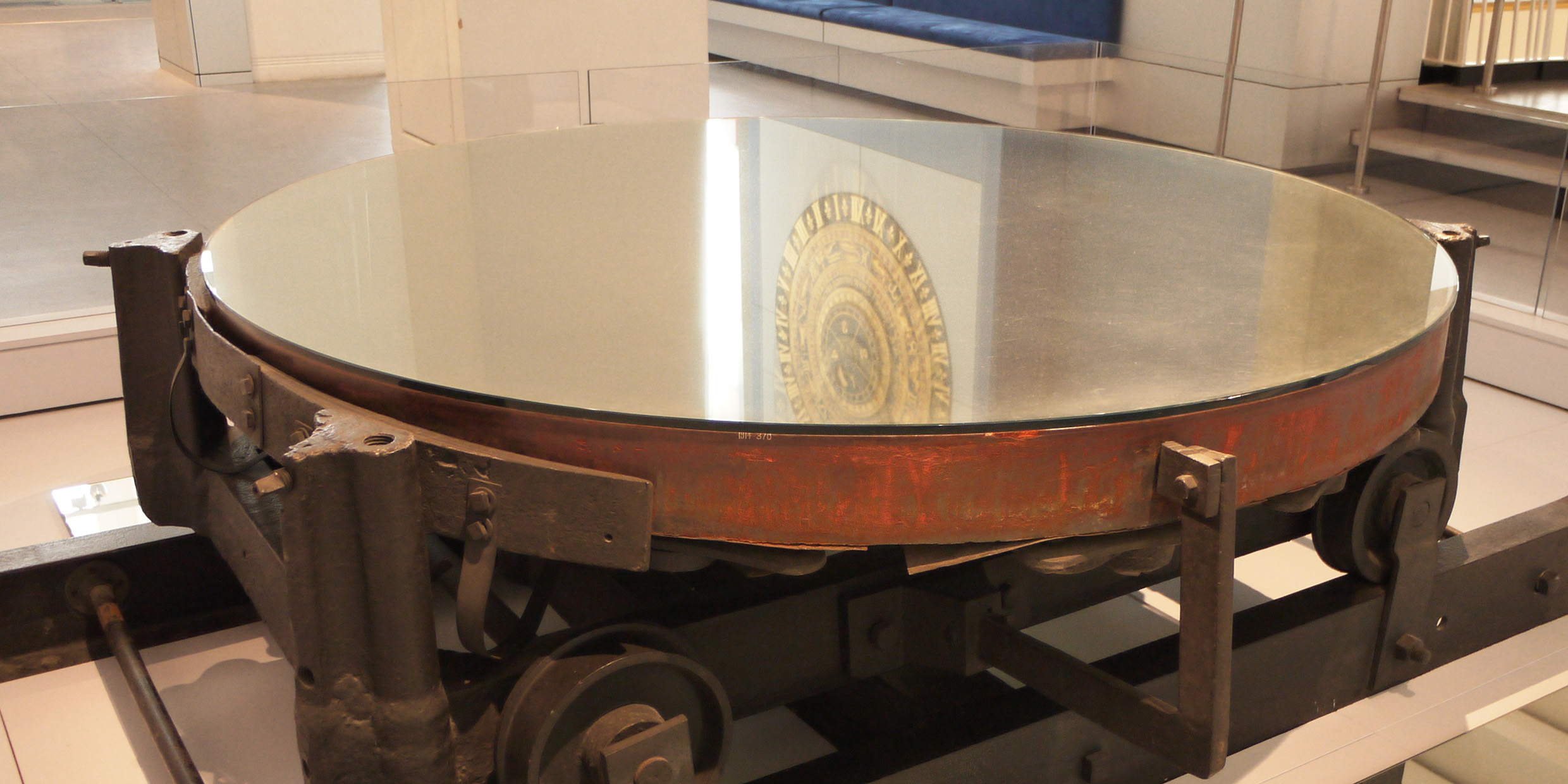Originally published 25 July 2004
When I first visited the capital of Ireland in 1972, Dublin was a gray, cheerless city with beggars and litter everywhere. I couldn’t wait to get away.
I didn’t know it then, but the lingering spiritual miasma that held the city in its bleak embrace had its origin in the episcopal palace at Drumcondra, where from 1940 to 1972 John Charles McQuaid, archbishop of Dublin, ruled Catholic Ireland with inflexible theology and an iron fist.
Scientific humanism, secular democracy, and feminism were archevils of the modern world, according to McQuaid. The only source of truth was Holy Mother Church. Jews and Protestants were lackeys of the devil. And woe betide any Irish Catholic, lay or religious, who got out of line; the hammer of orthodoxy came down with swift and brutal force.
Even such powerful political leaders as Eamon de Valera curried McQuaid’s favor.
Today, Dublin is a vibrant, secular European city, jammed with traffic and people, baskets of flowers on shopfronts, buskers making music on every corner, sidewalk cafes filled with laughing people. The economy is booming, the arts flourish, and scientific research is making up for lost time.
When the dam of religious oppression broke in the 1980s, it was as if centuries of suppressed joy and creativity were released. The ayatollah of Drumcondra is now little more than a dreary memory.
All this is on my mind because I have just read John Cooney’s massive biography of McQuaid, The Ruler of Catholic Ireland.
I realize now how much the Irish Church of that time influenced my own childhood, thousands of miles away.
My early education was very much at the hands of priests and nuns of the Irish diaspora who often shared McQuaid’s conviction that everything worth knowing was laid out by Thomas Aquinas in the 13th century. The cosmos described by Dante in the Divine Comedy—heaven, hell, purgatory, and all that — was more familiar to me than the universe of twentieth-century astronomers.
But I was lucky to have a few extraordinary high-school teachers whose intellectual horizons were broader than those of the Church they served. Sister Jane Francis opened my eyes to mathematics and science with her own joyful curiosity. Sister Dominica turned me on to language and literature. But for the time being I held onto my childhood religion, even as I pursued my new love for science. Like many people, I divided my mind into watertight compartments: faith and reason.
If I had to choose a moment when I realized compartmentalization was fraudulent it would be in the fall of the academic year 1968 – 69, while I was supported by a National Science Foundation fellowship to study the history and philosophy of science at Imperial College in London. I was married with young children, and took up residence in a mews flat a short walk away from London’s Natural History Museum, Science Museum, and Geology Museum.
An object on an upper floor of the Science Museum sparked my epiphany: the silvered, 72-inch diameter metallic mirror that for the second half of the nineteenth century was the central component of what was then the largest telescope in the world.
The mirror had been the light-gathering element of the huge telescope constructed by Lord Rosse, William Parsons, on his estate at Birr, in Ireland, and with which he discovered — among other things — the spiral galaxies. As I recall, the mirror was displayed in a horizontal position, like a magical pool of shinning quicksilver into which one might look to find the secrets of the universe, a conceit that may have been reinforced by the magical mirrors and pools of fairy tales and fantasy fiction.
And in a sense the telescope mirror was exactly that. I had previously seen illustrated in astronomy books Rosse’s famous sketch of the Whirlpool Galaxy in the constellation Canes Venatici, and I had studied enough astronomy to know that the Whirlpool Galaxy is just one of an uncountable number of spiral galaxies, including our own Milky Way, that populate the universe.
The galaxies I saw reflected — in my mind’s eye — there in the shining pool of the Birr mirror were indeed the mysterium tremendum et fascinans (dread and alluring mystery) that is the foundation of all true religious feeling. They suggested a kind of faith that made no place for magic, disembodied spirit, supernaturalism, and miracles.
I knew then I could live happily without the McQuaidian theology of my youth, but not without science.



